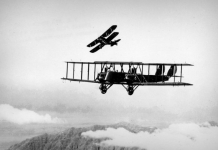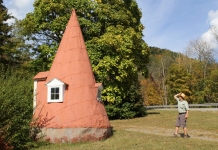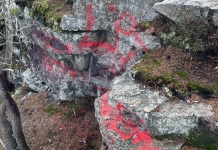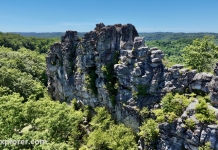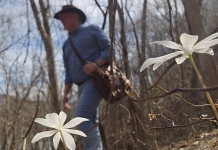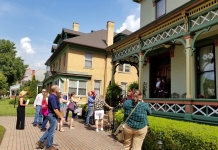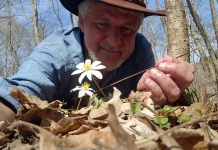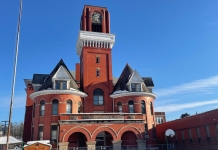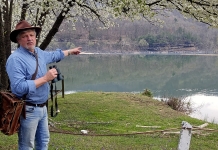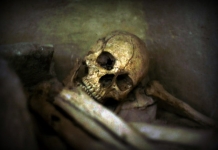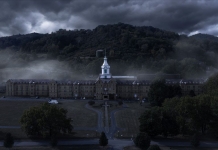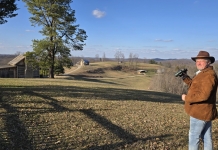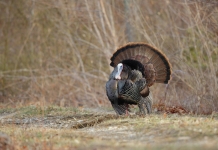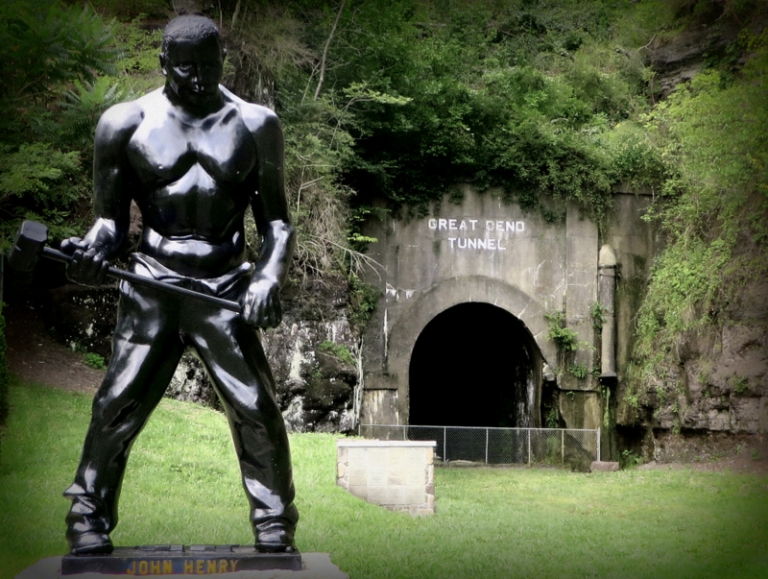
The year 2020 marks the 150th anniversary of the construction of the Big Bend Tunnel in southern West Virginia—the enterprise that legendarily took the life of folk-hero John Henry, believed by many to have been a flesh-and-blood railroad worker.
According to most versions of the tale, Henry was employed to help dig the tunnel for the Chesapeake & Ohio Railway and died out-performing a steam drill and as a martyr for laborers displaced by technological advancement.
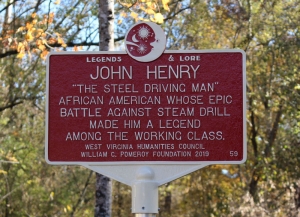
A plaque honoring the tale and an exhibit of railroad artifacts are now being added to the John Henry Historical Park established at the eastern portal of the tunnel, according to Rebecca Peterson, tourism director for the New River Gateway Convention and Visitors Bureau.
Peterson recounted the legend as it's told along the railroad where the steel-driver is believed by many to have lived and died.
"John Henry was a former slave hired as a steel driver by the contractors charged with building the tunnel for the Chesapeake and Ohio Railway in 1870," Peterson said.
"Using a large hammer, his job was to drive long steel chisels held by his assistant into the hard-red shale of the Big Bend Mountain to create holes that were filled with explosives to blast the tunnel.
"According to the legend, he drove steel fourteen feet compared to the steam drill’s nine. His victory was credited for saving his job and those of hundreds of other men and boys working on the tunnel."
The Summers County Commission on November 14 will celebrate the installations and a ribbon-cutting that recognizes two agencies that contributed to the improvements, according to Rick Moorefield, a West Virginia University extension agent and director of the park project.
Moorefield said a portion of a $25,000 grant provided by the National Coal Heritage Area was used to cover development costs for the new exhibit of railroad artifacts contributed by Summers County resident Aubrey Keaton.
The new marker was installed through the Pomeroy Foundation’s Legends & Lore Marker Grant Program in cooperation with the West Virginia Humanities Council.
Deryn Pomeroy, director of strategic initiatives for the Pomeroy Foundation, said the site and its namesake were ideal investments for the initiative.
“From music to movies, the story of ‘The Steel Driving Man’ facing off against a steam drill is an important part of American folklore," Pomeroy said. "The Pomeroy Foundation is delighted to provide funding for a Legends & Lore roadside marker recognizing this iconic folk hero.”
A ribbon-cutting ceremony to formally unveil both the Keaton Exhibit and the Legends & Lore marker will be held on Thursday, November 14 at 1 p.m. at the John Henry Historical Park entrance off W.Va. Route 3.
Lost Mercer Saltworks known to only a few locals, adventurers'
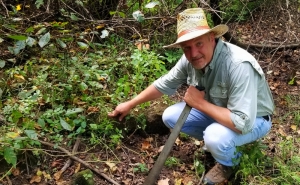
The legend of the Mercer Saltworks may be remembered now by only a few, and its ruins—tumbled stones along an isolated stream—may be known to even fewer. Accessible by a rough trail, it was once among the most important landmarks in the New River Valley. The salt lick there on Lick Creek, less than a mile from the New River, was much visited by Native Americans, who passed their knowledge on to settlers. Read the full story here.





